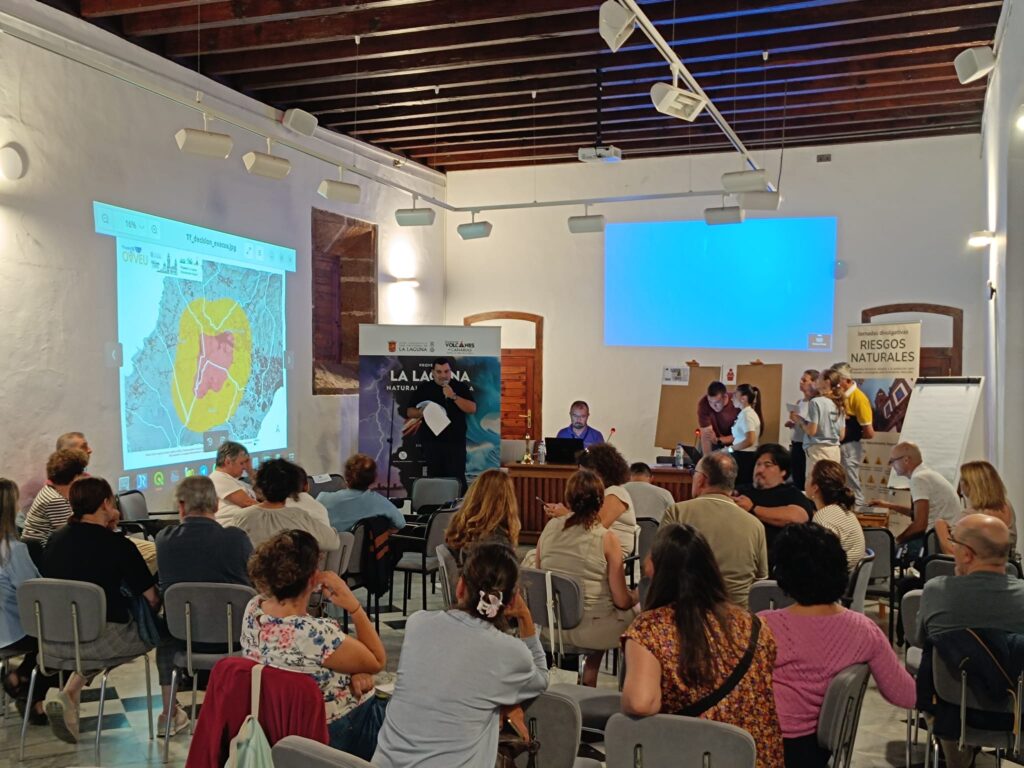The skeleton of a pilot whale that was found stranded on the beach of Las Teresitas (Tenerife) in 2019 has been recomposed and has been installed in the La Tahonilla Wildlife Recovery Center, the Cabildo de Tenerife has reported.
The skeleton of this specimen of Globicephala macrorhynchus It was reconstructed by the marine biologist Manuel Carrillo, one of the researchers with the most knowledge about cetaceans in the archipelago, who died in 2021 at the age of 64, and creator, among other projects, of the path of the Cetaceans in Fuerteventura.
Pilot whales can be seen in the Canary Islands all year round, mainly in Tenerife and La Gomera.
The females measure between 3 and 4 meters and can weigh about 800 kilograms. Males exceed five meters and can weigh up to 1,500 kilograms.
At the opening ceremony of this facility, the biologist’s widow, Josefa Esther Medina, was given a small box with a silver pendant with a reproduction of the last vertebra of the pilot whale.
Manuel Carrillo was linked to the La Tahonilla Center, dependent on the Cabildo, since the beginning of the 1990s and his professional life was oriented in a very special way towards the study of marine mammals.
Around this time he also carried out his first works assembling skeletons.
In 2003, the Rorcual de las Salinas del Carmen was set up, the first element of what would later be the Fuerteventura Whale Trail.
He was responsible for the assembly of whale skeletons exhibited in Los Silos, Tenerife, and in Charco de San Ginés, in Lanzarote, as well as the assembly of the Llanca Whale, a fin whale that washed up on the Catalan coast more than 150 years old and which is exposed suspended from the ceiling of the Blau, the new building of the Museum of Natural Sciences of Barcelona.
















